Here’s our third and final instalment of exactly what not to do while on a hike in Ireland. You can check out part 1 here and part 2 here. If you’d like to hear more examples still, don’t hesitate to leave a comment or Get in Touch with Ourselves at Hillwalk Tours to ask for more. I’m fairly certain I could come up with a few more examples for a part 4 if desired!
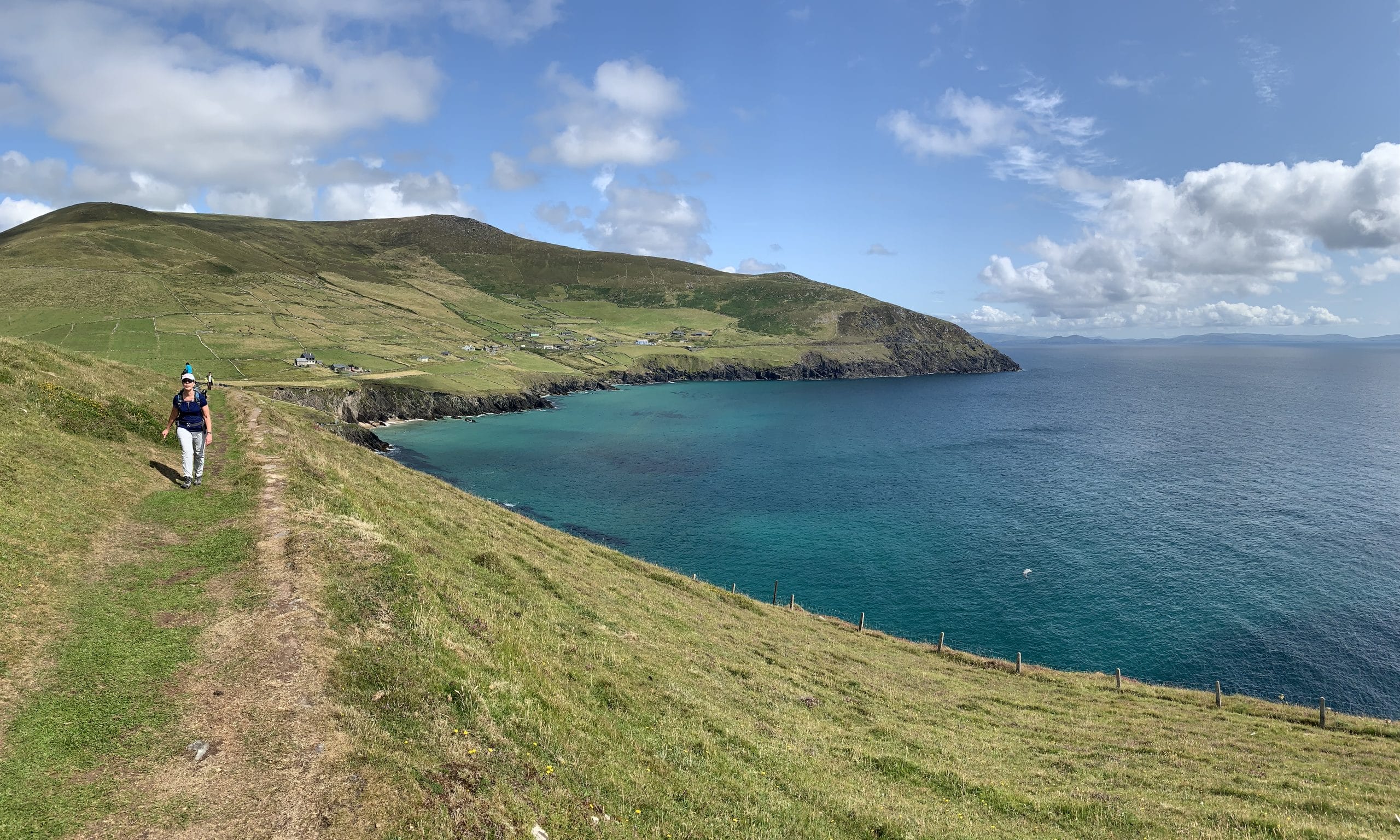
Planning a hiking trip to Ireland? Check out hillwalktours.com
Overdo it
On the long Irish summer days I highly advise taking a quick snooze during one of your rest stops throughout the day. Alternately, if you press on and reach your overnight accommodation or B&B in the early or mid-afternoon, you can avail of a pleasant snooze or even a few hours of shut eye before getting back up again to check out the local area and have dinner. The reason why I’m recommending this to you is because I myself am not used to the opportunities presented by the many additional daylight hours in Ireland between May and August.
What I mean here is that you can wake up with the sun as early as 4.30 in the morning and stay awake hiking, cycling or driving around this beautiful country until the sun sets just after ten o’clock in the evening! A brilliant way to see and do absolutely loads while visiting tourist hotspots like the Kerry Way, but for me it’s all too often a recipe for disaster in the form of complete burn out.
So, remember to always pace yourself when out hiking in Ireland. However, the relaxing nature of the tracks, towns and village pubs you’ll encounter when on a walking holiday in Ireland means that you’ll generally fall into a nice, relaxed rhythm of taking it easy each day. Or as they pronounce it over in the West of Ireland, “takin’ it azy.” Yes, I know it can be hard to stop when there’s so much to see and do in such a small country, but there’s always tomorrow and another 17 hours of sunlight!
Miss the sunset
Having informed you of our surprisingly long days during the Irish Summer, I must also point out that even if you’re tired out after a long day of walking, you should never allow yourself to miss the beautiful sunsets in the West of Ireland. The hiking trails along the Atlantic Ocean are renowned for their stunning views of the setting sun as it dips behind the waves far out to sea.
However, as I mentioned earlier, the sun does set rather late in the middle of our summer. So, if you are tired, have a nap during the day. Or if you arrive into your B&B early, take a quick snooze before having a late dinner as you awaken again for a few relaxing hours outside, taking in the pink and purple hues of the plump Irish clouds as they roll in off the sea.
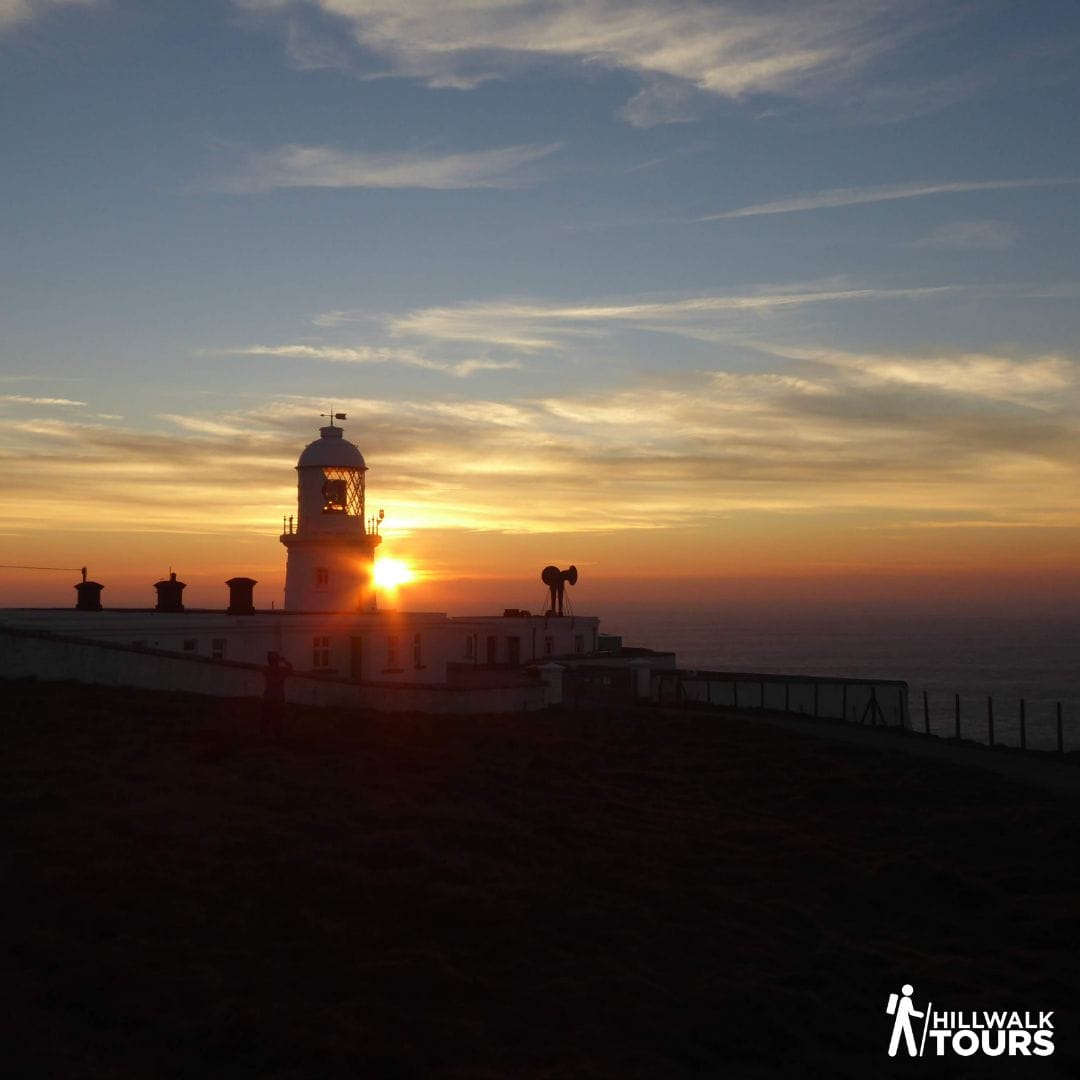
Miss the sunrise (in winter)
Conversely to the point above, if you happen to find yourselves hiking in Ireland in the winter months, it’s pretty difficult to miss the sunrise. Close to Christmas time the sun doesn’t rise until about 9 o’clock in the morning! While it can be a little chilly to go for an extended hike in Ireland in December, January or February, the weather can still be surprisingly mild in the months of October, November and even March. And it’s during these three months that the sun is beginning to (or gradually ceasing to) rise later and later each morning.
Again, a brilliant opportunity to avail of a sleep in before setting off for the day, and still manage to catch the sunrise with your morning coffee, or even after you’ve set off. Even though I know that the sunrise is technically the exact same as the sunset – just in reverse – for me personally there’s something special about watching the sun rise. It’s been proven to mentally and physically wake you up and get you going for the day. As such, it pleases me to be able to watch the sunrise nearly every day during the Irish winter. A 4.30 or 5 am sunrise in the middle of our summers is just too early to start the day without it catching up with me later on, unfortunately!

Wear winter boots in summer
Yet another mistake I’ve made that’s lead to much discomfort with no immediate solution. As it turns out, my thick hiking boots are extremely thick and well-insulated. Even wearing thin hiking socks (my feet don’t blister easily), my heavy-duty summer boots and especially my winter hiking boots both turn into ovens – and it’s my feet that are on the menu! As such, I’ve taken to wearing trail runners quite often during summer hikes, even when crossing uneven, rocky, or boggy and damp terrain. In fact, what
I’ve found is that shedding the extra weight on my feet feels the same as deducting a good few pounds on my back. Plus, proper trail runners are quite well designed these days in terms of providing ample grip on slippery terrain and they do provide some ankle support and protection as long as you are used to using them and are nimble enough on your own two feet. Everyone has their own preferences and body temperatures, but for me I’d rather be a little wet and chilly and able to warm up later, as opposed to being irreversibly hot and sweltering when there’s no shade to retreat to and I can’t keep stopping along the trail.
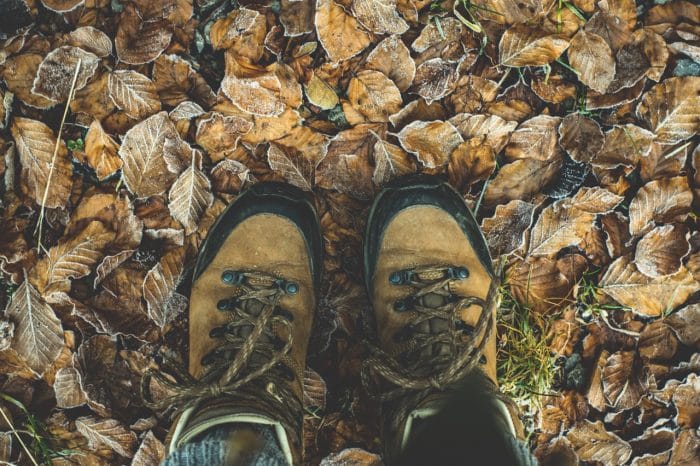
Get lost!
OK, this one hopefully goes without saying, but I’ll reiterate here: Don’t let yourself get irreparably lost while out hiking in Ireland! Yes, as I’ve said again and again, Ireland is blessed with the best of both worlds – pristine nature which isn’t completely remote. Unlike Australia and Alaska, the wilderness regions of the Emerald Isle are also close enough to some form of emergency help, shelter and/or supplies. There’s running water almost everywhere which you can filter and treat in a survival situation, and the country is criss-crossed with roads from which you can eventually hail help. However, even in such favourable conditions it’s a very good idea to never let yourself or your hiking party become truly lost. The reason being?
Injuries and nothing else. If there’s one reason and one reason only why I would recommend not getting lost, it’s because even on the best waymarked trails in one of the safest countries to hike in in the world, if you become injured and then realise you’re lost, you’re in two spots of bother. If you or someone in your group becomes injured to a degree that you need help or a rescue operation, it’s crucial to be able to describe where you are to at least a rather close approximation. Easy to do these days with accurate GPS functioning well on our smartphones, but should the weather worsen, your connection become lost, and you realise you aren’t sure which of the three tracks on the map you’ve been walking down for the last three hours, your situation could in fact become quite dire.
Don’t let me put you off hiking in Ireland though! Such scenarios are extremely rare here – both getting injured and getting lost. Our hiking trails are very well worn and safe, and it is quite difficult to become truly “geographically challenged” in Ireland. However, it’s always useful to reiterate the importance of brushing up on your navigational and situational awareness skills before heading off on a day-long or multi-day hike in Ireland.
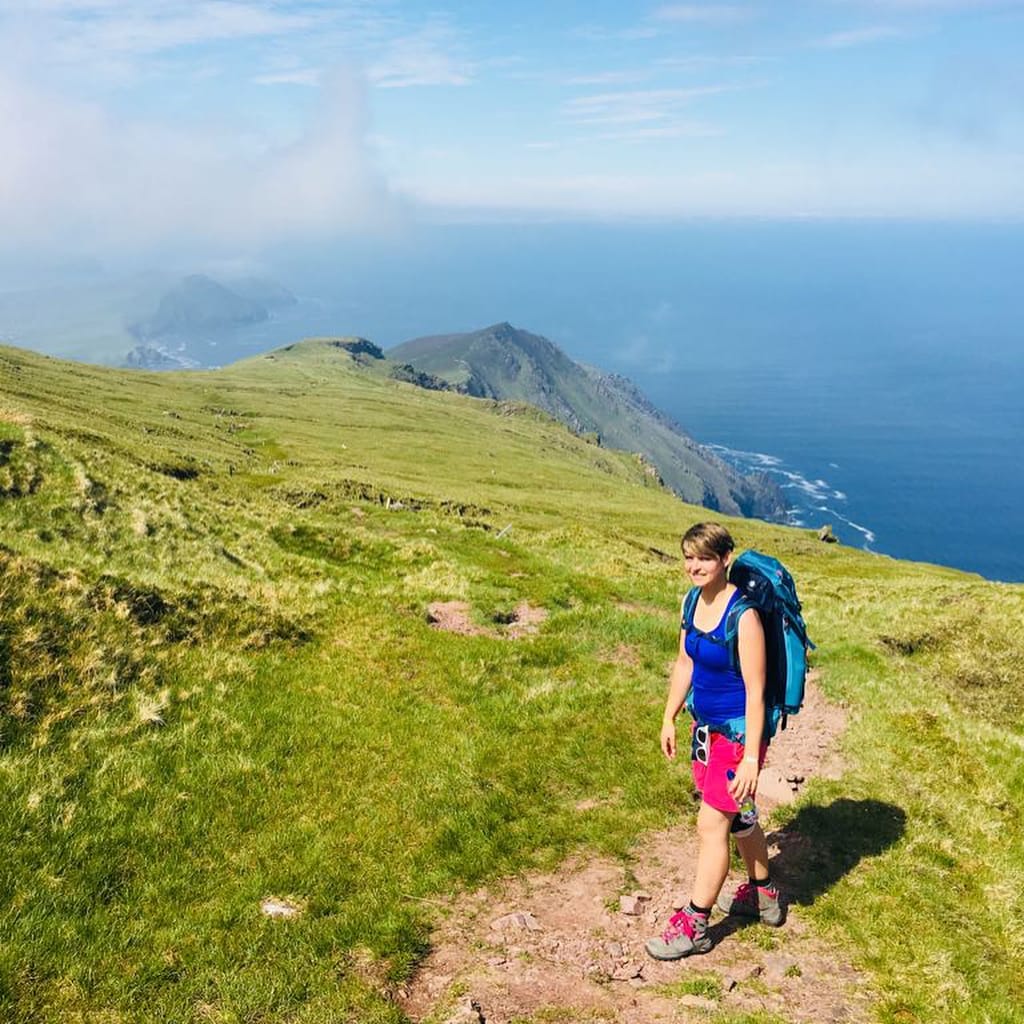
Forget key items
Probably more crucial when hiking in winter, but it’s likewise good to come up with a hiking packing checklist based around your season and location and tick things off before you go. At Hillwalk Tours we provide you with such packing checklists to make the process even more straightforward for your hike in Ireland. Remember to always bring key items such as an emergency raincoat or poncho, even in the summer months, plus things like spare batteries for your flashlight or head torch in the winter.
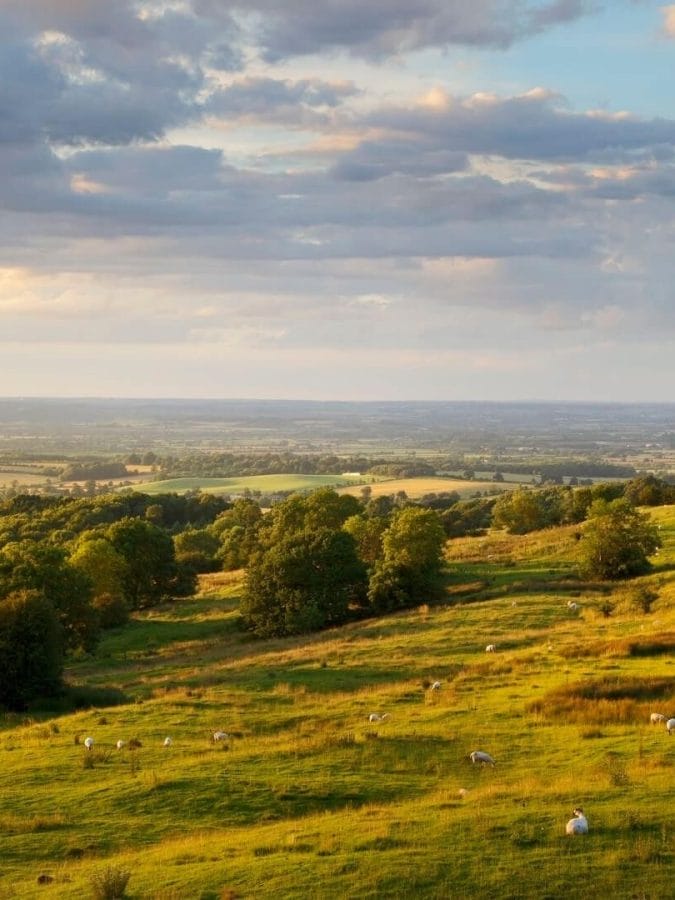
You won’t always need to bring your camping stove. – Photo credit www.nicholasgrundy.com
End up in a field full of cows
Yes, another silly mistake I made a few years back is not fully checking a farmer’s field for livestock before entering it. Seemingly empty at first glance, I missed a number of clear warning signs in my eagerness to snap some photos on an unbelievably clear day in the West of Ireland.
Just so you know, these obvious signs of current cattle occupancy of said field included numerous cow droppings, clearly munched and trodden on tufts of grass, and recent tractor markings from the farmer. So, back to the story, I was marching up to the top of the prominent hill contained within the farmer’s land (disclaimer: he was fine with my visits) and still didn’t see any actual cows. I reached the top and, slightly out of breath, began snapping away as I gazed out across a majestic view of the patchwork fields of rural Ireland as they created a green and yellow checkerboard broken up by glistening stone walls. The sun shone down warm and bright as it broke up the wispy clouds overhead.
A sudden noise behind me awoke me from my day dream. I turned around slowly and cautiously to discover an entire extended family of cattle staring back at me. Now, cows aren’t a huge deal, mind you, just so long as they aren’t feeling protective over calves in the same field with them. The issue here, however, was the number of male heifers present as well! So I made a quick but not seemingly panicked escape out and over the nearest stone wall and barbed wire fence.

Morale of the story: Always check that fields are safe to cross through before entering! In particular look out for “Beware of Bull” signs, and remember that rams can be dangerous while ewes are generally fine.
Pack needless weight
You should always strip down on excess, unnecessary packaging when getting prepared for a hiking trip. We commonly did this back in the Army with our ration packs before heading off. Also, don’t pack tinned foods that are full of extra water, like canned chickpeas.
I once did a hike in Ireland carrying far too much excess weight in the form of metal tins containing useless extra liquids inside them. It goes without saying, but my feet, back and shoulders were needlessly wrecked afterwards. Don’t overdo it unnecessarily, as the extra weight in your pack can be the difference between really enjoying your walk and struggling away too much to truly appreciate the scenery surrounding you.
The difference between the gross and net weight on the can represents the amount of water or other liquid that is usually wastage as you would normally drain it from the can before consuming. Hence I’ve recently moved to the sachet version of tuna instead of the tinned variety. Not only is it in a lighter form of packaging, but it also contains less liquid to drain off. Sustainability conscious hikers, however, will need to ‘weigh’ up their options here in terms of which types of packaging are more or less environmentally friendly.
For example, one thing that drives me crazy lately is the discovery that numerous forms of flexible plastic packaging materials are in fact not readily recyclable. This means that even for those of us trying to do the right thing and put them into the recycling bin, we may do more harm than good as it messes up the separation of pure refuse and those materials that can be properly recycled and reused.

Too much gear perhaps? – Photo credit www.nicholasgrundy.com
That’s it from this three part series. I hope you enjoyed it, learned at least something useful, and had a good laugh in the process. You can check out part 1 here and part 2 here. If you’d like to hear more examples still, don’t hesitate to leave a comment or Get in Touch with Ourselves at Hillwalk Tours to ask for more or find out more information about hiking in Ireland!


